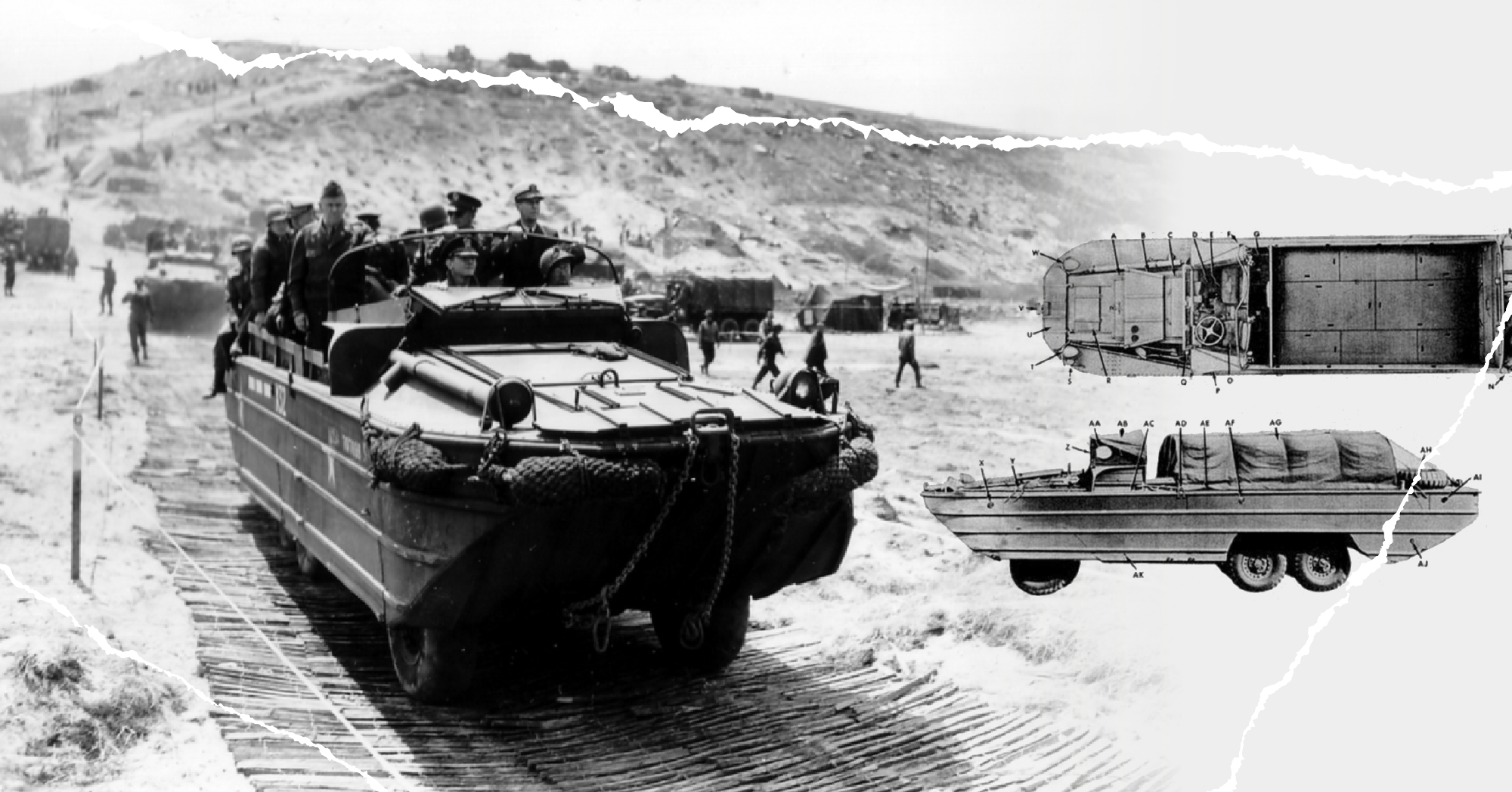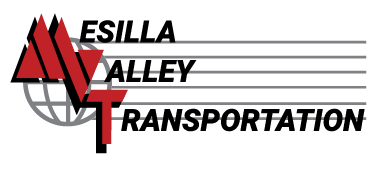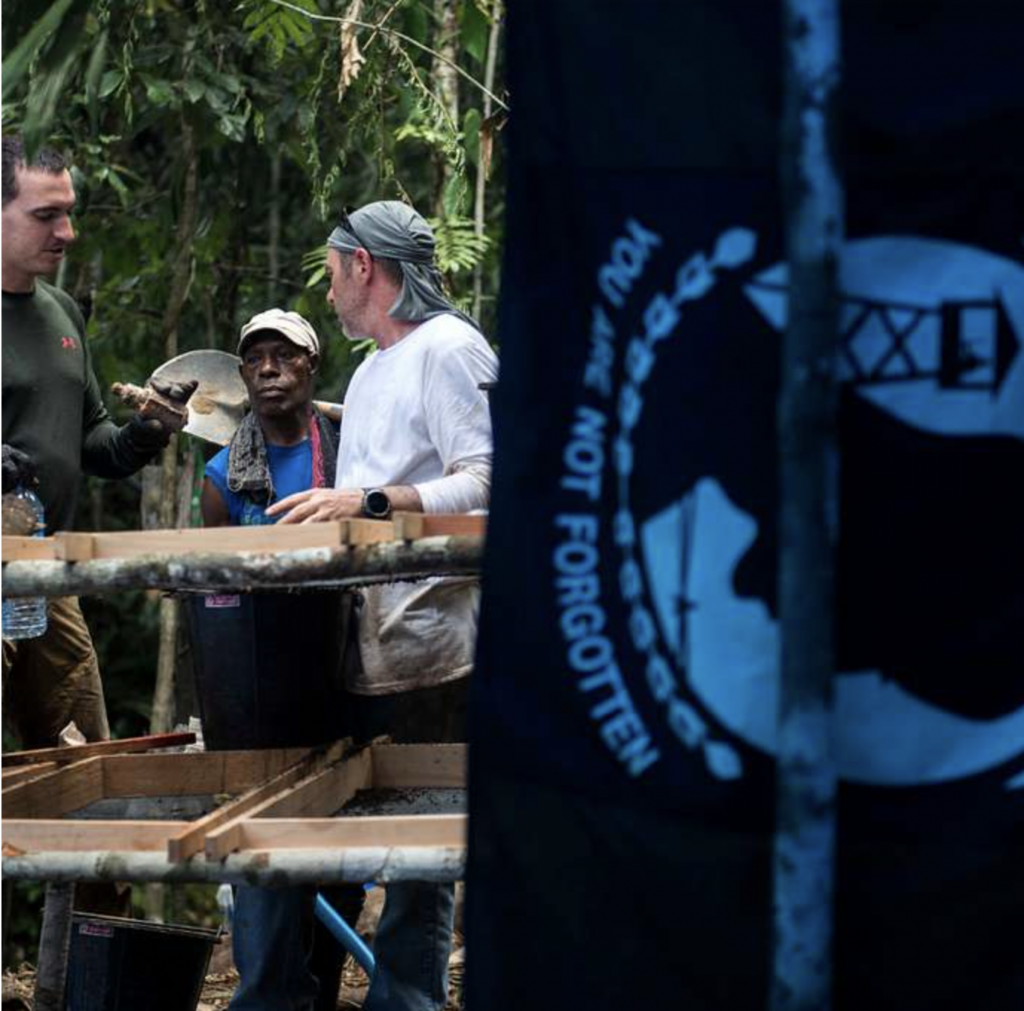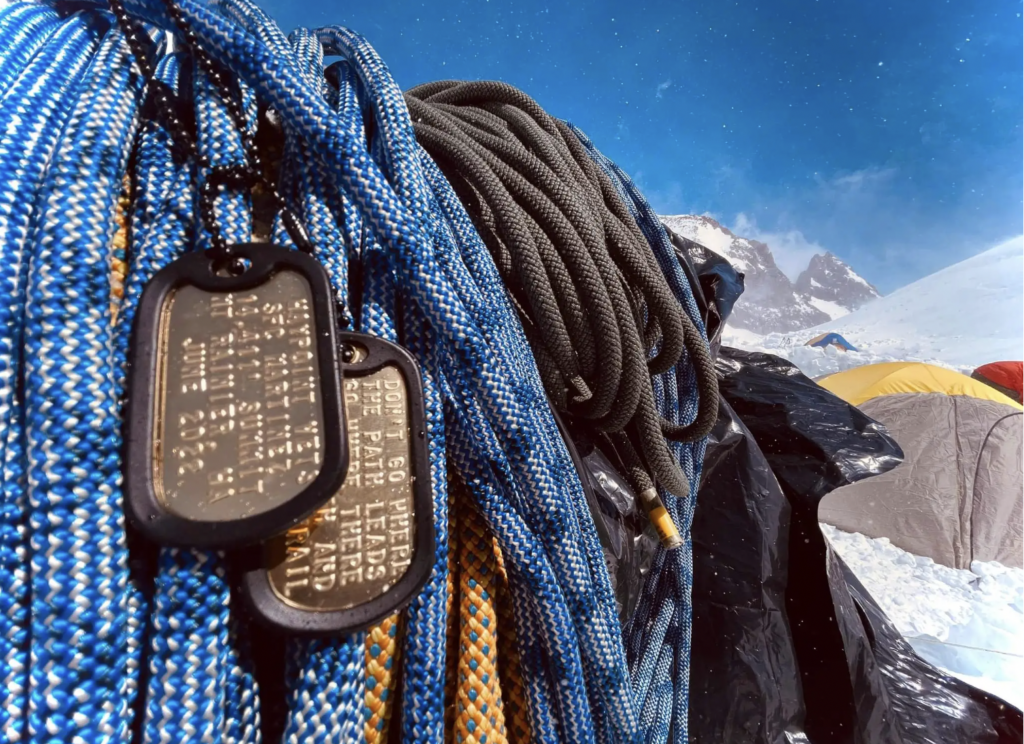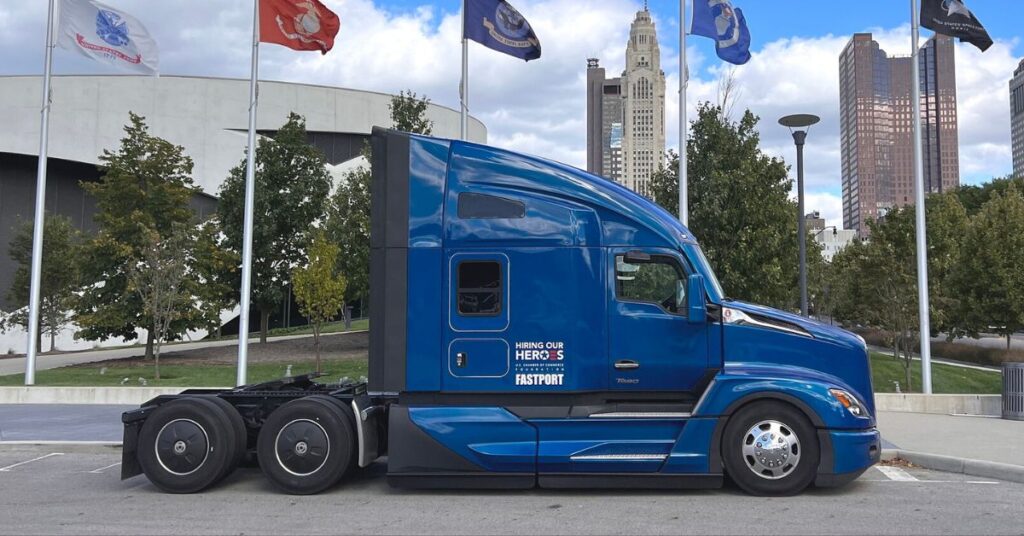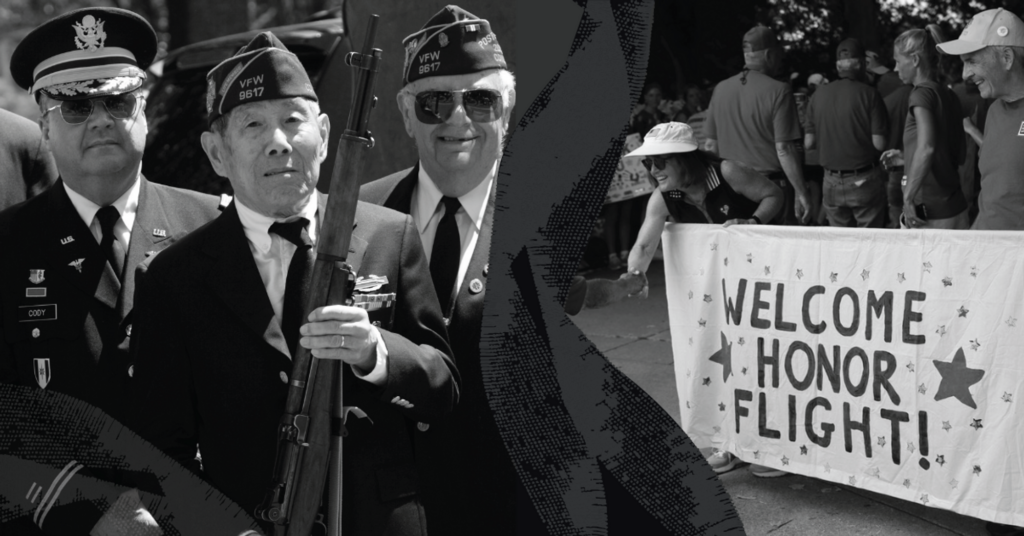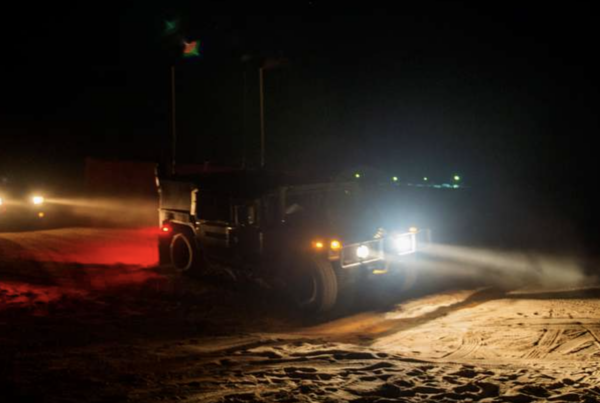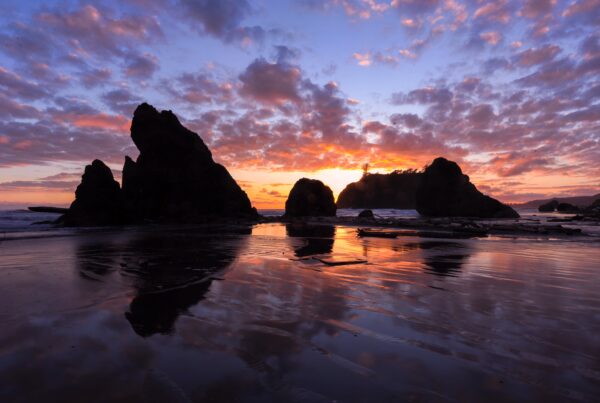Content Sponsored By: Mesilla Valley Transportation
TRUCKS OF WAR: In honor of D-Day, Veterans In Trucking is taking a look at some of America’s fighting trucks on the frontlines of American history. Amphibious trucks, also known as DUKWs or “Ducks,” played a crucial role in the Allied victory in World War II. These versatile vehicles were designed to travel on both land and water, making them essential for landing troops and supplies on beaches during amphibious assaults.
One officer called the D-Day Assault the most exciting assault in human history, but this victory could never have been achieved without the use of the DUKW boat: This boat was really an ingenious, amphibious truck:
The US Military employed the DUKW boats in the most complicated ground assault in history– the D-Day invasion of Normandy: But it was only made possible only with the use of these dynamic amphibious fighters. Soldiers nicknamed themselves the Quack-Core.
The DUKW is Hatched
In 1942, General Motors Corporation was approached by the U.S. Army Quartermaster Corps to create a vehicle that could transport troops and supplies from ships to the beach, without being slowed down by the lack of port facilities. The result was the DUKW, a 6×6 truck that was equipped with a waterproof hull, a propeller, and two rudders, allowing it to travel through water.
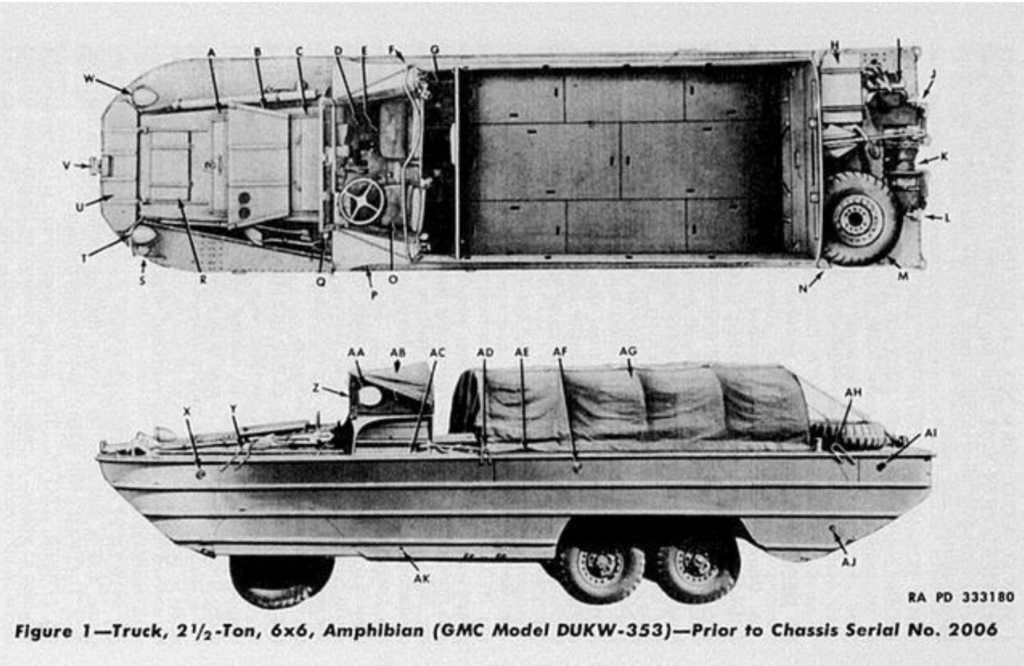
The DUKW Migrates
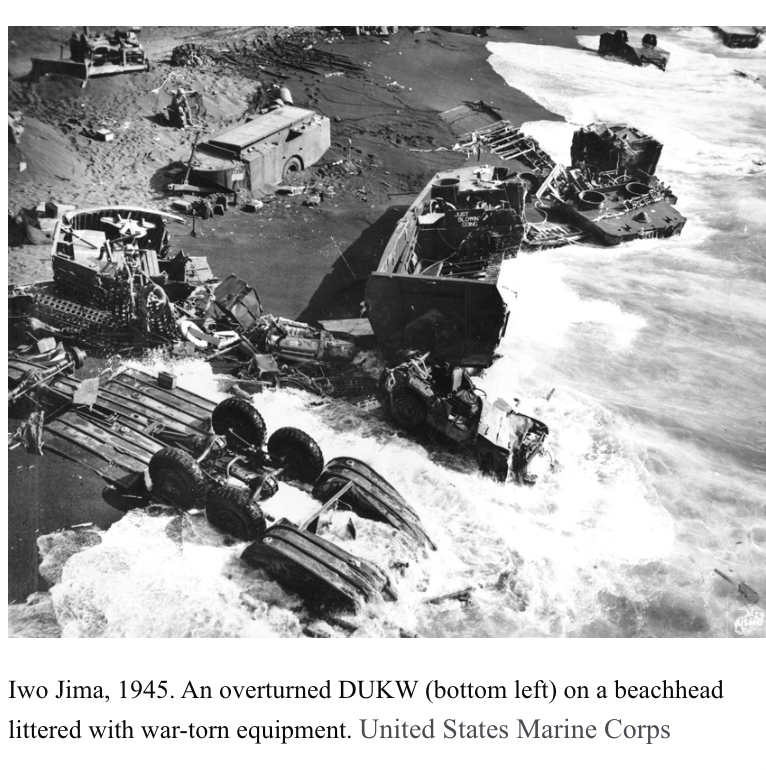
The first amphibious trucks were used in the North Africa campaign, where they were used to transport supplies and troops across rivers and other bodies of water. They soon proved their worth in the invasion of Sicily, where they were used to transport troops and supplies from ships to the beach. The amphibious trucks proved to be especially useful during the Normandy landings on D-Day, where they were used to transport troops and supplies from landing ships to the beach.
D-Day and Trucking’s Finest Hour
In one of the single most significant heroic moments in the history of the United States trucks played a crucial role in ensuring the Allied victory over the Hitler: The amphibious assault trucks carried troops to shore and accomplished the gargantuan feat of also keeping the front line supplied: “Many acted as the intermediary between the men on the beach and the ships in the channel. Some were designated to more specific tasks like aiding the wounded and clearing them offshore. With each passing day, the Duck was able to directly supply the front lines deeper inland over dunes at “dump sites.”
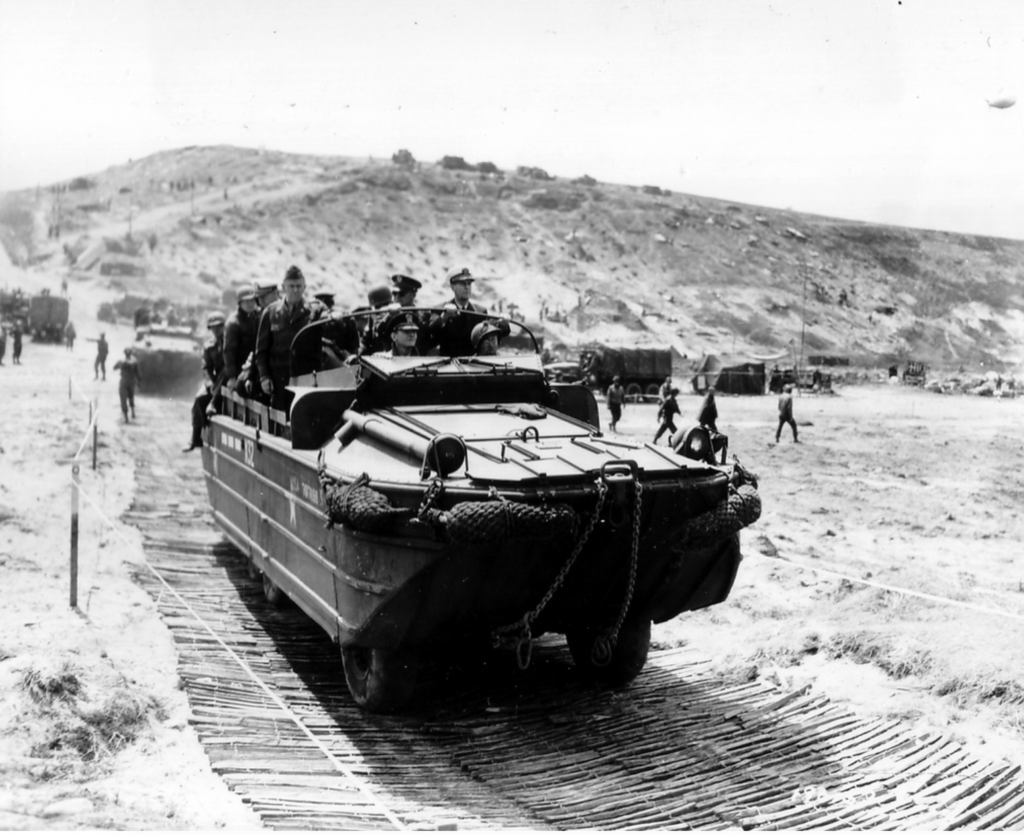
DUKW for Cover
In addition to their utility as a transport vehicle, the DUKWs also served as gun platforms, ambulances, and firefighting vehicles. They were used in various theaters of the war and played a significant role in the success of many operations. The design of the DUKW was so successful that it was used by military forces around the world for many years after the end of the war. The versatility and versatility of the amphibious truck made it an iconic symbol of the ingenuity and resourcefulness of the Allied forces during World War II.
“Continued praise fell upon the amphibian, this time from General Dwight D. Eisenhower, who regarded the DUKW as ‘“one of the most valuable pieces of equipment produced by the United States during the war,”’ Haggerty News reports.
To apply to work with MVT or to learn more about their mission to honor veterans visit:


